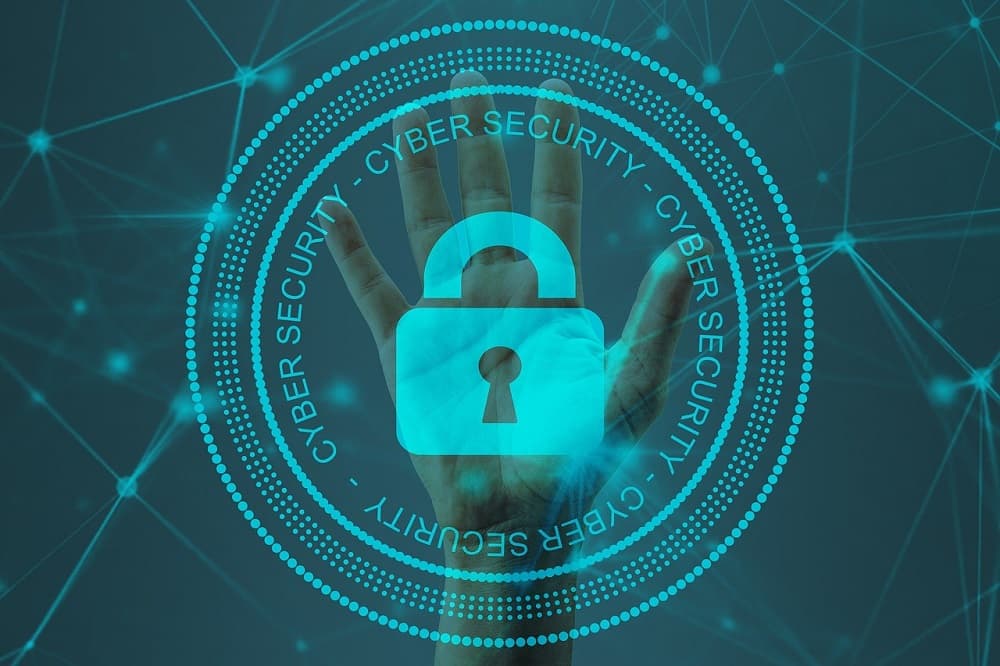In the rapidly evolving digital landscape of 2024, the battlefield has shifted to the virtual realm, where businesses confront an array of sophisticated and persistent cybersecurity threats. At Great ASP, we recognize the critical importance of staying ahead in this high-stakes game. In this comprehensive guide, we will delve deep into the intricacies of the cyber threats businesses face in 2024 and provide you with actionable strategies to safeguard your business against these digital adversaries.
Table of Contents
Understanding the Cybersecurity Landscape
Cyber threats have transcended the realm of simple viruses and malware. Today, attackers employ complex techniques such as Advanced Persistent Threats (APTs), where hackers gain unauthorized access to a system and remain undetected for an extended period. These threats are not limited by geography or industry; they target businesses of all sizes, making every organization vulnerable.
The Menace of Ransomware: A Growing Concern
One of the most pervasive and damaging cyber threats in 2024 is Ransomware. Attackers encrypt critical data and demand a ransom for its release. This can cripple businesses, leading to downtime, financial losses, and reputational damage. To combat this, businesses must employ robust Endpoint Security Solutions that can detect and neutralize ransomware before it can wreak havoc. Regular Data Backups, stored securely offline, provide a failsafe in case of an attack.
Social Engineering: Manipulating the Human Element
Social engineering attacks, particularly Phishing, remain highly effective. Attackers impersonate trusted entities to trick employees into divulging sensitive information. Employee Training is paramount. Educated employees can identify phishing attempts and thwart them, acting as a human firewall against such attacks. Additionally, deploying Email Filtering Solutions can automatically detect and quarantine phishing emails, reducing the risk further.
The Internet of Things (IoT): A Vulnerable Frontier
The proliferation of IoT devices presents a unique challenge. These devices, ranging from smart thermostats to industrial sensors, often lack robust security measures, making them attractive targets for hackers. Network Segmentation, isolating IoT devices from critical systems, prevents a security breach from spreading. Moreover, businesses should demand stringent security protocols from IoT manufacturers and regularly update device firmware to patch vulnerabilities.
Cloud Insecurities: Challenges in the Digital Sky
Cloud services offer unparalleled scalability and flexibility but come with their share of security concerns. Businesses must understand the Shared Responsibility Model where cloud providers secure the infrastructure, but clients are responsible for their data. Implementing Encryption, both at rest and in transit, ensures data remains confidential. Regular Cloud Security Assessments, including penetration testing, identify and rectify vulnerabilities before attackers exploit them.
Artificial Intelligence: A Double-Edged Sword
While Artificial Intelligence (AI) can enhance cybersecurity by predicting and preventing attacks, it is also leveraged by cybercriminals to craft sophisticated attacks. AI-driven security solutions employ Machine Learning Algorithms to analyze patterns and identify anomalies in real-time, thereby preventing attacks before they infiltrate the system. Businesses must adopt AI-driven security solutions to stay ahead in this arms race.
Blockchain: Enhancing Security and Transparency
Blockchain, the technology behind cryptocurrencies, offers an immutable ledger, ensuring data integrity. While predominantly associated with finance, it finds applications in supply chain management, healthcare, and more. Its decentralized nature makes it resistant to tampering, ensuring transparent and secure transactions. Integrating blockchain into critical systems adds an extra layer of security, safeguarding sensitive data from unauthorized access.
Collaborative Defense: United We Stand
In this digital battleground, collaboration is key. Engaging with Cybersecurity Information Sharing and Analysis Centers (ISACs) facilitates the exchange of real-time threat intelligence among businesses. Additionally, conducting Red Team-Blue Team Exercises allows organizations to simulate cyber-attacks and test their incident response capabilities. By learning from simulated attacks, businesses can fine-tune their defenses and respond effectively in the event of a real breach.
Conclusion: A Proactive Approach to Cybersecurity
In conclusion, the cybersecurity landscape of 2024 demands a proactive and multi-faceted approach. Businesses must invest in robust security solutions, educate their employees, secure IoT devices, understand cloud security nuances, leverage AI and blockchain technologies, and actively participate in collaborative defense efforts. At [Your Company Name], we are committed to helping businesses navigate these challenges and emerge stronger and more resilient in the face of cyber threats.
Frequently Asked Questions (FAQs)
Q1: What is the most common type of cybersecurity threat in 2024? A1: Ransomware attacks have become increasingly common, targeting businesses of all sizes. Cybercriminals use advanced encryption techniques to lock down files and demand ransoms for their release.
Q2: How can I protect my business from phishing schemes? A2: Educate your employees about identifying phishing emails, use email filters to detect suspicious messages, and implement multi-factor authentication for an additional layer of security. Regular training and simulated phishing exercises can significantly reduce the risk of falling victim to phishing attacks.
Q3: Is compliance with data privacy regulations mandatory for all businesses? A3: Yes, businesses handling customer data must comply with regulations like GDPR (General Data Protection Regulation) and CCPA (California Consumer Privacy Act) to protect user privacy and avoid legal consequences. Compliance with these regulations not only ensures data security but also enhances customer trust.
Q4: What steps can I take to secure my IoT devices? A4: Change default passwords on IoT devices to unique, strong passwords. Regularly update firmware to patch security vulnerabilities. Implement network segmentation to isolate IoT devices from critical systems. Additionally, consider using IoT security solutions that provide real-time monitoring and threat detection capabilities.
Q5: How often should I update my incident response plan? A5: Regularly review and update your incident response plan at least twice a year, or whenever there are significant changes in your organization’s technology infrastructure or threat landscape. Conduct tabletop exercises and simulations to test the effectiveness of your plan and identify areas for improvement. Incident response plans should be flexible and adaptable to address new and emerging cyber threats effectively.








